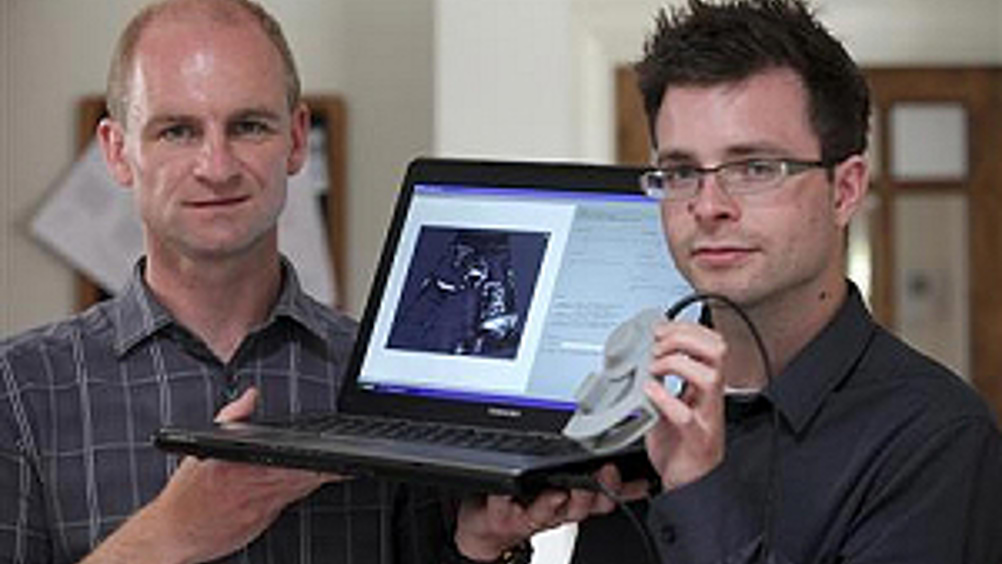Low-cost ultrasound device could save thousands of lives
An ultra low-cost ultrasound scanner that can be plugged into any computer or laptop has been developed by engineers at Newcastle University.

The handheld USB device – which is roughly the size of a computer mouse – works in a similar way to existing ultrasound scanners, using pulses of high frequency sound to build up a picture of the unborn child on the computer screen.
However, unlike the technology used in most hospitals across the UK costing anywhere from £20,000 to £100,000, the scanner created by Jeff Neasham and research associate Dave Graham can be manufactured for as little as £30 to £40.
It is now hoped the device will be used to provide medical teams working in the world's poorest nations with basic antenatal information that could save the lives of hundreds of thousands of women and children.
"Here in the UK we take these routine, but potentially lifesaving, tests for granted," commented Neasham. "Imaging to obtain even the simplest information such as the child's position in the womb or how it is developing is simply not available to women in many parts of the world.
"We hope the very low cost of this device and the fact that it can run on any standard computer made in the last 10 years means basic antenatal imaging could finally be made available to all women."
Developed with funding from the Engineering and Physical Sciences Research Council (EPSRC), the scanner works by manually sweeping a transducer over the skin while a focussed image is formed by the pc software.
"The beauty of this device is that it will complement – rather than replace – the high performance scanners available in hospitals," Neasham concluded.










